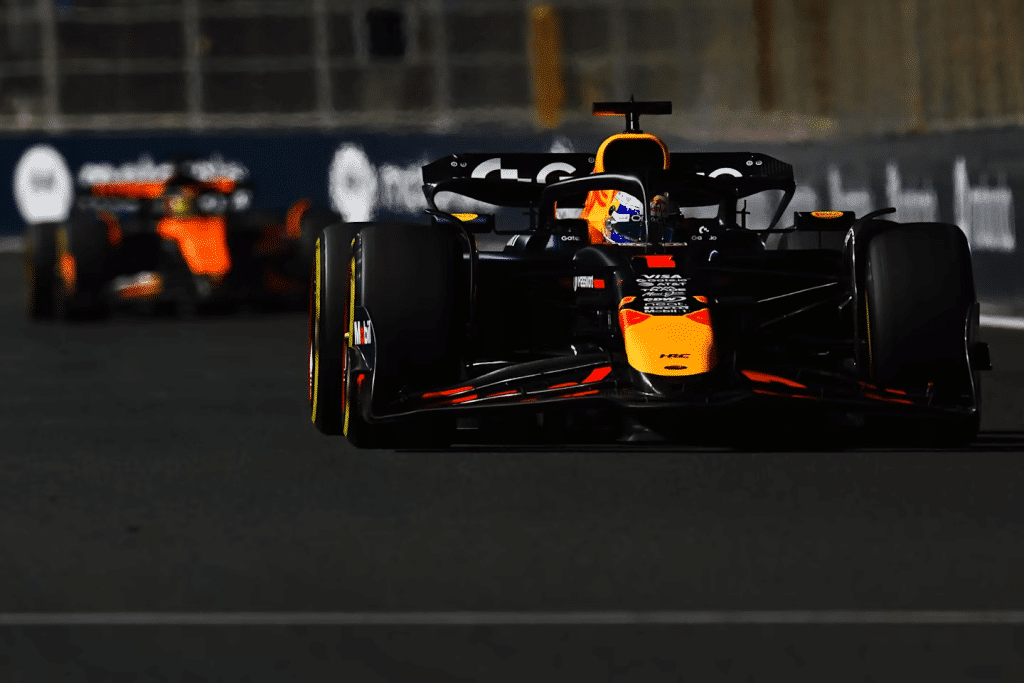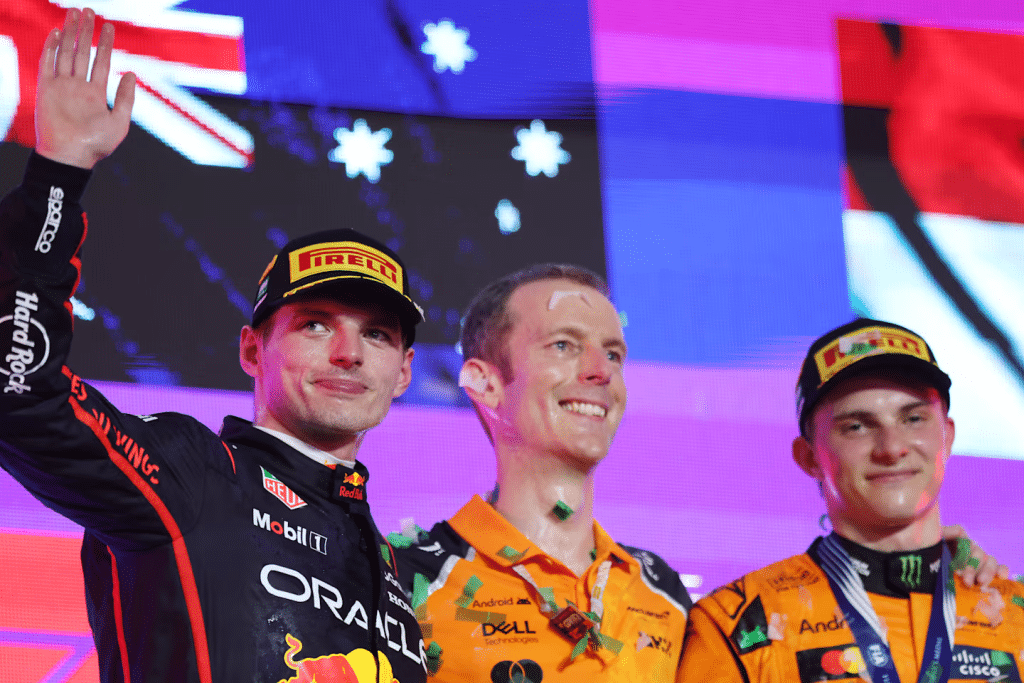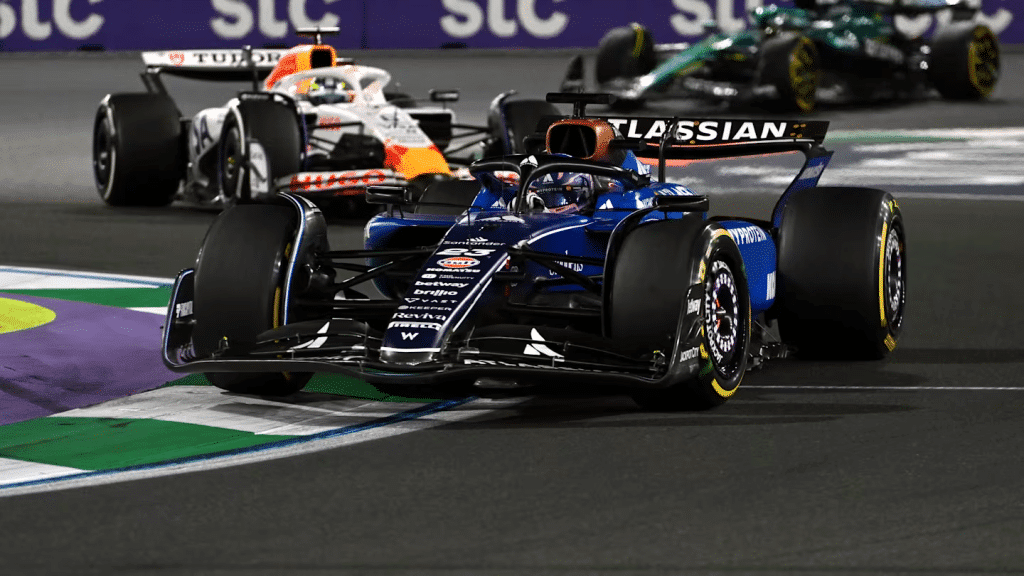Formula 1 and the FIA have made their decision: no return to the past. The sport will stick with hybrid engines for the foreseeable future, including the 2026 regulation overhaul.
Anyone hoping for the comeback of naturally aspirated V10s will be disappointed. F1 is staying firmly on the hybrid path, focusing on optimizing a system still searching for balance.

2026 engines remain hybrid, but the FIA is tweaking the rules
Originally introduced in 2014, the hybrid power unit rules will undergo a major revision in 2026. The goal? A more balanced power split between internal combustion and electric energy, lower costs, and a push toward sustainability. However, simulation tests have highlighted a few technical concerns that are pushing the FIA to make slight adjustments.
Power distribution evolution:
- 2014–2025: 80% combustion, 20% electric
- 2026 onwards: 50% combustion, 50% electric
One of the biggest issues? Battery depletion on long straights — a problem that could hurt performance and create imbalances between teams.

‘Turn Down Ramp Rate’: more control over electric deployment
Among the tweaks under evaluation is the introduction of a system called ‘turn down ramp rate’, designed to regulate how electric power is deployed when exiting corners.
In simple terms, it limits the immediate use of the electric boost, enforcing a more gradual energy release and smoother traction.

Performance and strategy: a new equilibrium?
While the FIA’s focus is on reliability and sustainability, teams will need to rethink engine maps, energy management strategies, and car setups. The trade-off between efficiency and outright performance will become more crucial than ever.
But these updates could also destabilize the already fragile regulatory balance: as of now, 2026 looks more uncertain than ever. According to the latest rumors, Mercedes may be in the best position, while others are still struggling to catch up.
Photo: Formula 1
